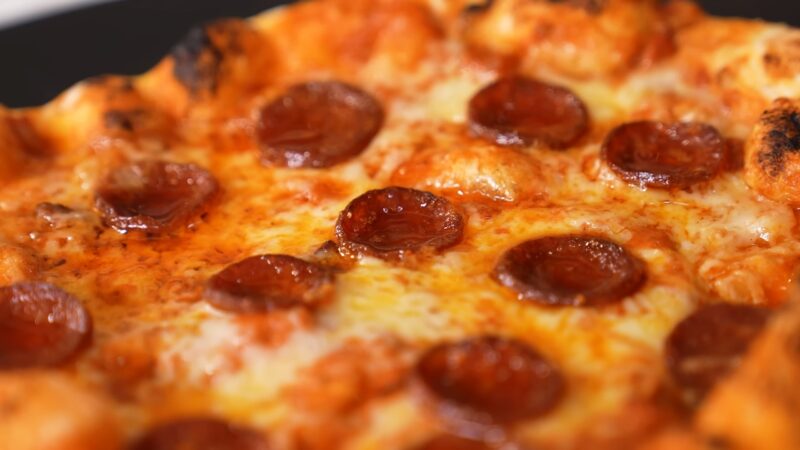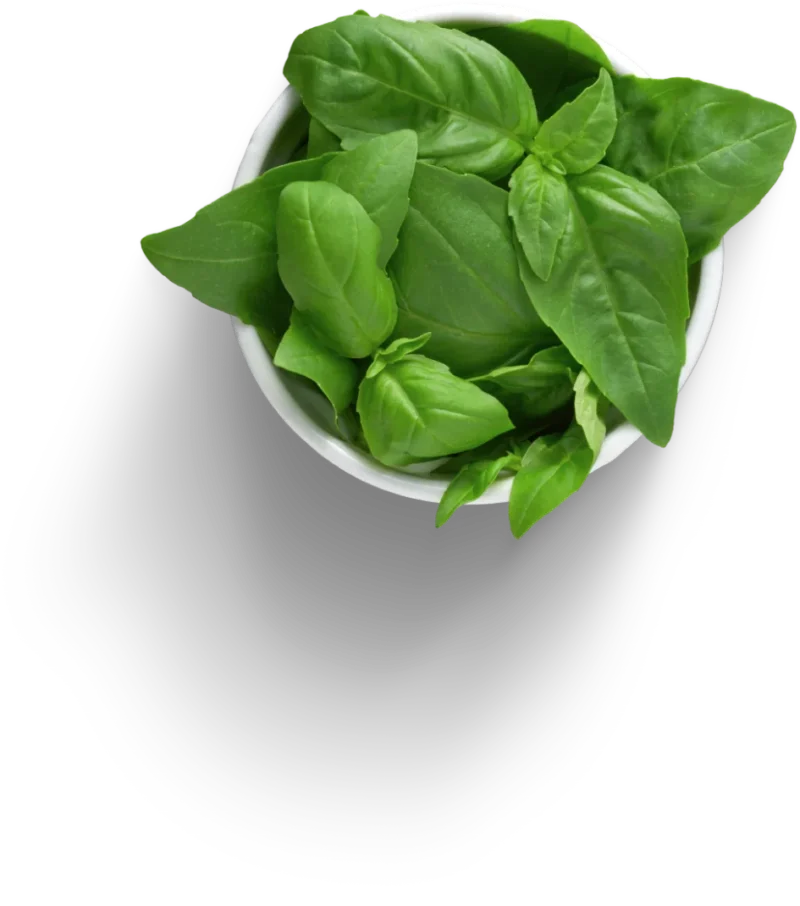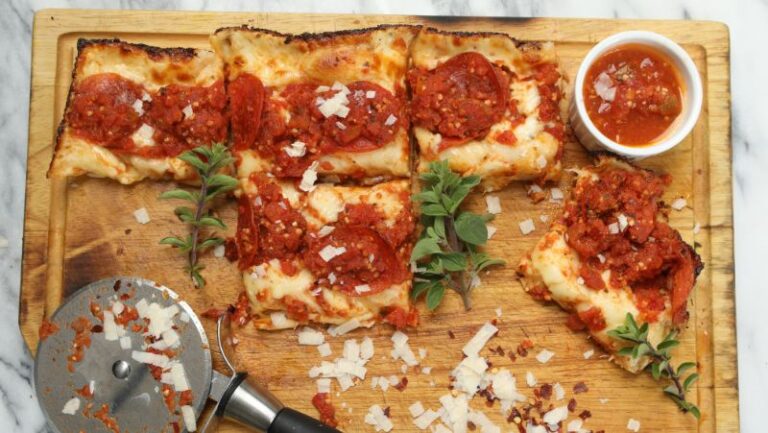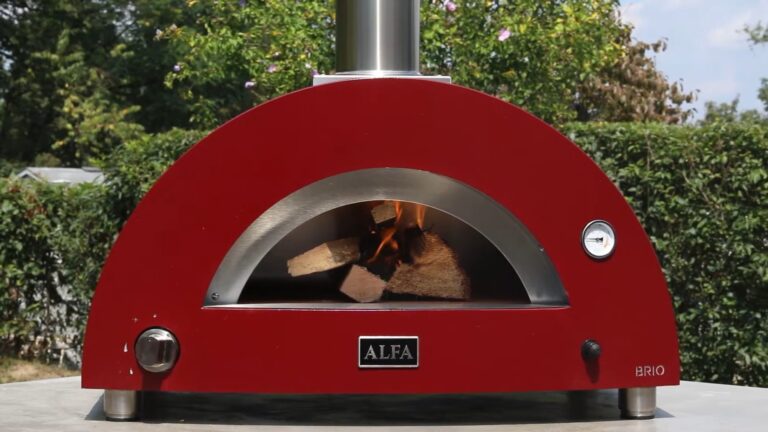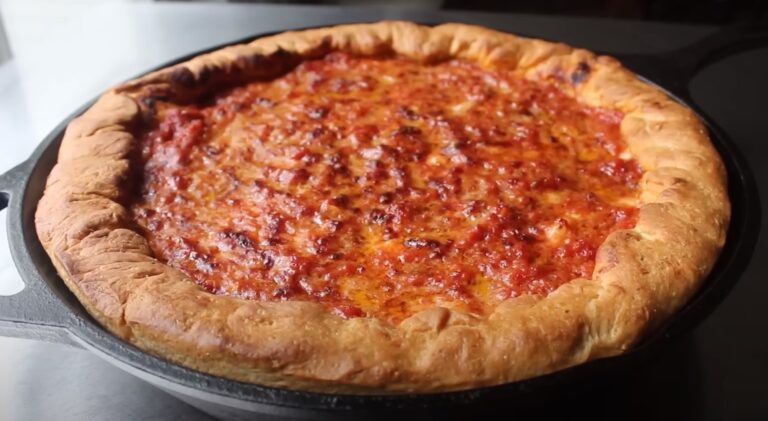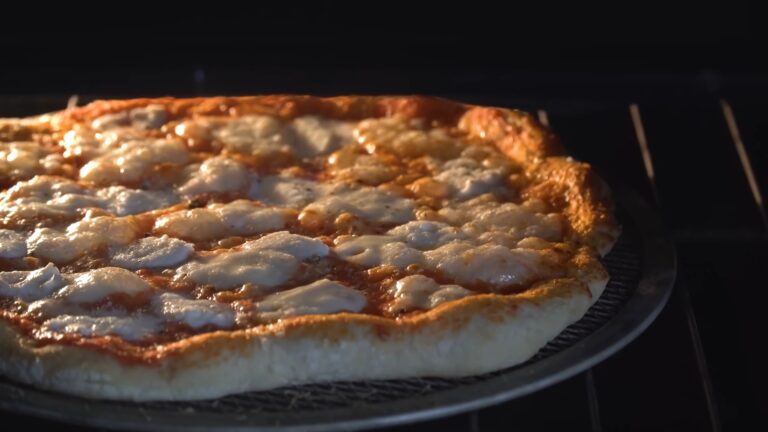Hey friends, get ready ’cause we’re talkin’ pizza tonight! You asked for the ultimate guide to making your own, and here it is. This post will have you tossing dough like a pro in no time.
We all know I love me a good slice – but it’s even better when you get to make it yourself. I’ll walk you through the whole process, step-by-cheesy-step. Don’t worry if you’ve never baked before, my techniques are super simple. By the end you’ll be popping pies like a real pizzaiolo!
So pull up a chair, pour yourself a drink, and get cozy. We’re about to discuss some delicious homemade pizza!
Pizza Dough
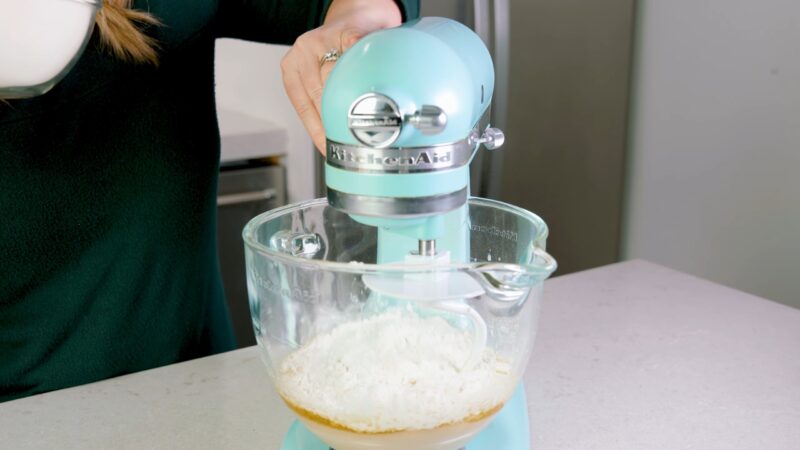
The foundation of any great pizza is its dough. The basic ingredients are flour, water, yeast, and salt. The type of flour you choose can significantly impact the texture of your pizza. For instance, using all-purpose flour gives you a softer crust, while bread flour results in a chewier texture due to its higher protein content.
The Dough Ingredients
- Flour: This is the base of it all. Use all-purpose flour for a softer crust, or switch to bread flour if you’re after that chewy, pizzeria-style bite.
- Water: It’s not just for hydration – it binds everything together.
- Yeast: Think of yeast as the life of the party in your dough. Active dry yeast and instant yeast are both cool, but if you’re in a rush, go for an instant since it doesn’t need to be pre-dissolved in water.
- Salt: Just a pinch to bring out all those flavors.
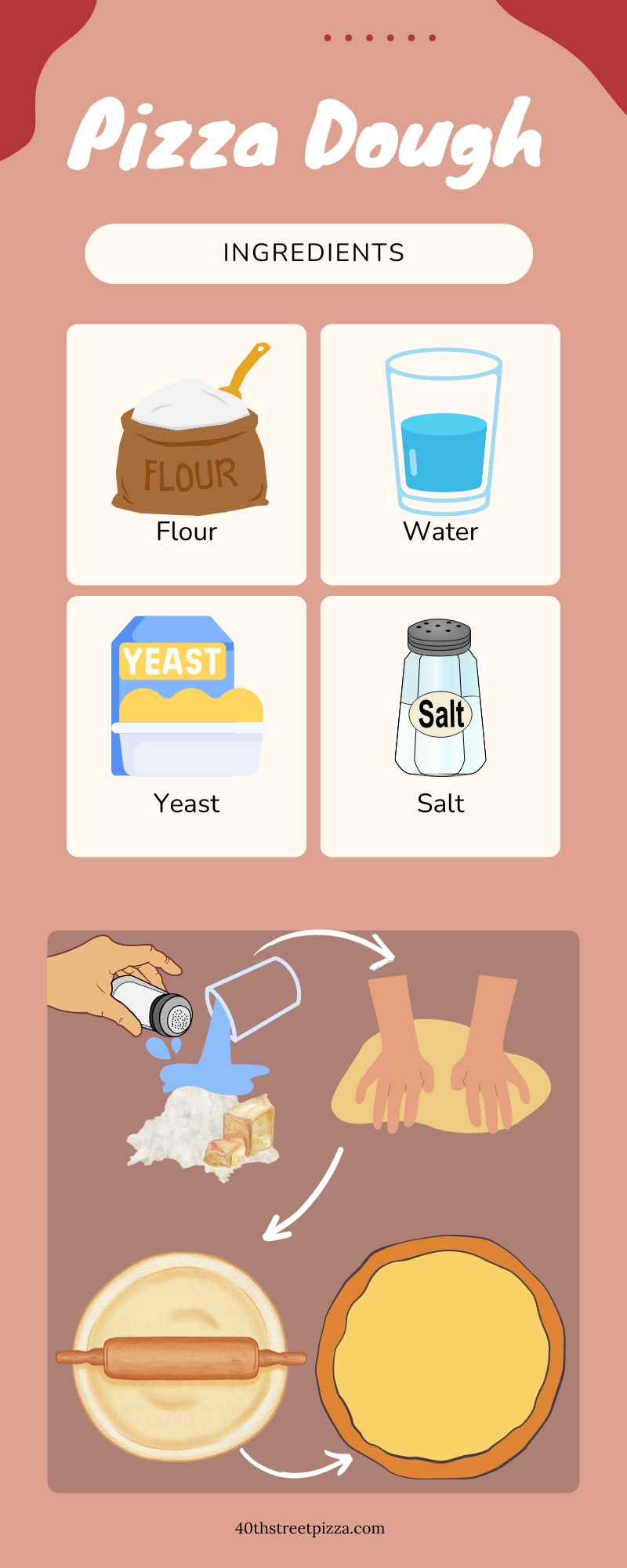
When making pizza dough, the most important thing is getting the right amount of flour and water. This is called the “hydration.” The hydration affects how soft and airy the dough will be. Using more water makes the dough lighter and fluffier.
Yeast is what makes the dough rise. There are two main kinds – active dry yeast and instant yeast. Instant variation is easier to use because you don’t have to mix it with water first.
Kneading the dough is key. This mixes the flour and water together so gluten develops. Gluten gives the dough stretch and strength. Knead it by hand or with a machine until it’s smooth and soft. Do the “window test” – stretch a piece thin and see if it’s clear without tearing.
After kneading, the dough needs rest and “fermentation.” This lets it rise and develops the flavor. For the best results, I suggest you refrigerate it for 1 to 3 days.
The key is taking your time with each step. Proper mixing, kneading, and rising will give you an amazing pizza crust.
Shaping Your Pizza
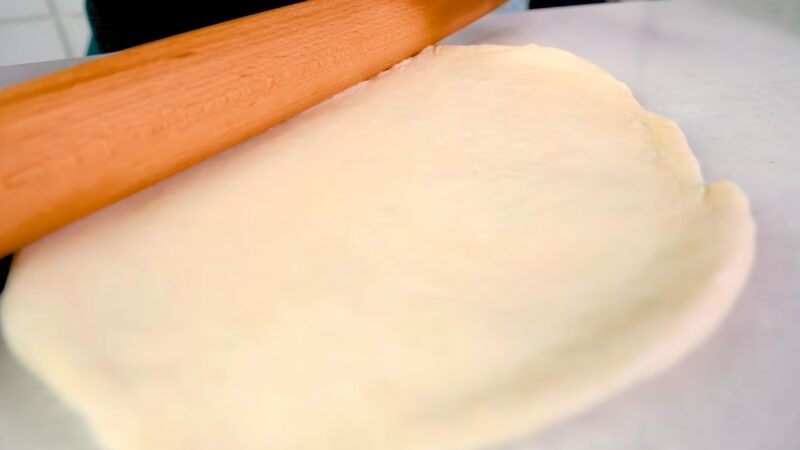
The shaping is where you get to add your own style. Start by gently pressing the dough ball flat like a pancake. Then use your fingers to push the dough outwards from the middle, leaving a thin edge. Don’t use a rolling pin – it pops the air bubbles in the dough and makes a dense crust.
For a perfectly round pizza, try the “toss and spin” move. Lift the dough up and drape it over your knuckles. Stretch it out gently while twirling it around in circles. Gravity does the work of pulling it out evenly without ripping. It’s all about the wrist action!
Selecting the Right Sauce
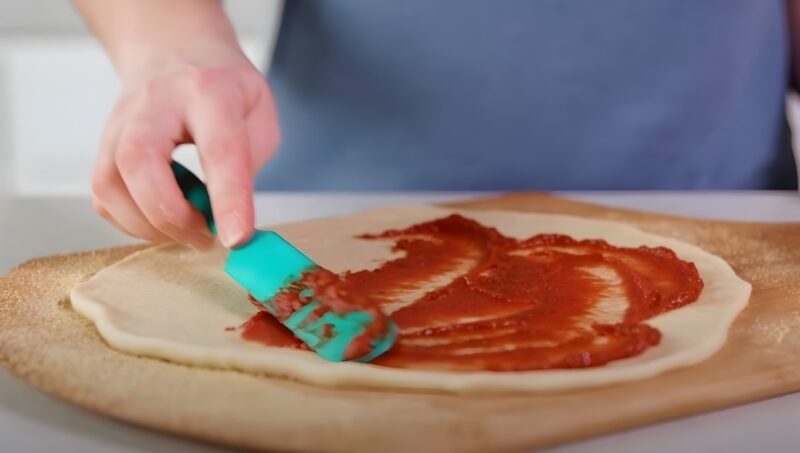
The sauce is a critical component that adds flavor and moisture to the pizza. The two most popular types are tomato-based and white sauce. A classic tomato sauce can be made from canned tomatoes, garlic, olive oil, and herbs, cooked down to the desired consistency. For a white sauce, a basic béchamel with garlic and herbs works well.
- Classic Tomato Sauce 🍅: The timeless favorite! Crushed canned tomatoes, a hint of garlic, a drizzle of olive oil, and a sprinkle of basil and oregano. Cook it down to a thick, rich consistency. Perfect for a traditional Margherita or a hearty Meat Lovers pizza.
- Creamy White Sauce 🥛🧄: Start with a simple béchamel: butter, flour, milk, and a pinch of salt. Add minced garlic and some herbs like thyme or rosemary for an aromatic twist. Ideal for a White Pizza or a Chicken Alfredo twist.
- Pesto Delight 🌿🥜: Blend fresh basil, pine nuts, Parmesan cheese, garlic, and olive oil for a vibrant green sauce. It’s a great base for a Veggie pizza or adds a fresh touch to a classic Margherita.
- BBQ Twist 🍖🔥: Mix your favorite BBQ sauce with a little tomato sauce for a smoky, tangy flavor. Amazing on a BBQ Chicken pizza or to give a unique twist to your Pepperoni pizza.
- Spicy Arrabbiata 🌶️🍅: Love a bit of heat? Combine crushed tomatoes with red chili flakes, garlic, and olive oil. Simmer to perfection. This sauce is a fantastic base for adding spicy meats or veggies.
- Sweet and Tangy Balsamic Glaze 🍇🍯: Reduce balsamic vinegar with a bit of honey until it thickens into a glaze. Drizzle over a Margherita or a Caprese-style pizza after baking for a gourmet touch.
- Garlic Aioli Spread 🧄🍋: Mix minced garlic with mayonnaise, lemon juice, and a touch of mustard. Spread lightly on the dough before adding toppings. Great for a White Pizza or Seafood Pizza.
- Ricotta Cheese Base 🧀🌱: Combine ricotta cheese with a bit of salt, pepper, and herbs. Spread it for a creamy and rich base, especially delightful under spinach, mushrooms, or artichokes.
- Salsa Fresca 🍅🌶️🌽: Combine diced tomatoes, onions, jalapeños, corn, and cilantro. This fresh sauce brings a Mexican twist to your pizza, great with chicken, beans, or cheese.
- Caramelized Onion Spread 🧅🍯: Slowly caramelize onions until they’re sweet and jammy. Spread over the dough for a sweet and savory base, complementing toppings like goat cheese or arugula.
The key to a great sauce is simplicity and balance in flavors. It should complement the dough and toppings without overpowering them. Remember, less is more when it comes to applying sauce to the pizza base to prevent sogginess.
Choosing Toppings Wisely
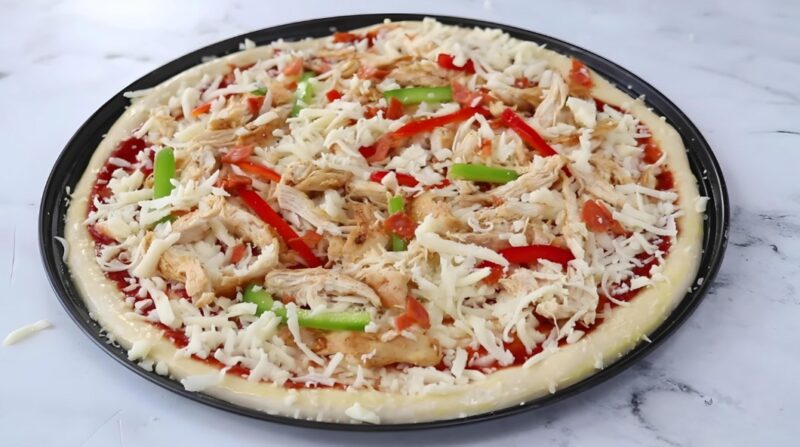
Toppings are where you can get creative and personalize your pizza. A combination of cheese, vegetables, meats, and herbs can lead to some unique flavors and textures. It’s important to consider the cooking time and moisture content of your toppings. Vegetables with high water content should be pre-cooked or thinly sliced to avoid a soggy crust.
When it comes to cheese, mozzarella is a classic choice due to its excellent melting properties. Other cheeses like Parmesan, goat cheese, or gorgonzola can add depth of flavor. Spread the toppings evenly, keeping in mind that overloading the pizza can result in uneven cooking.
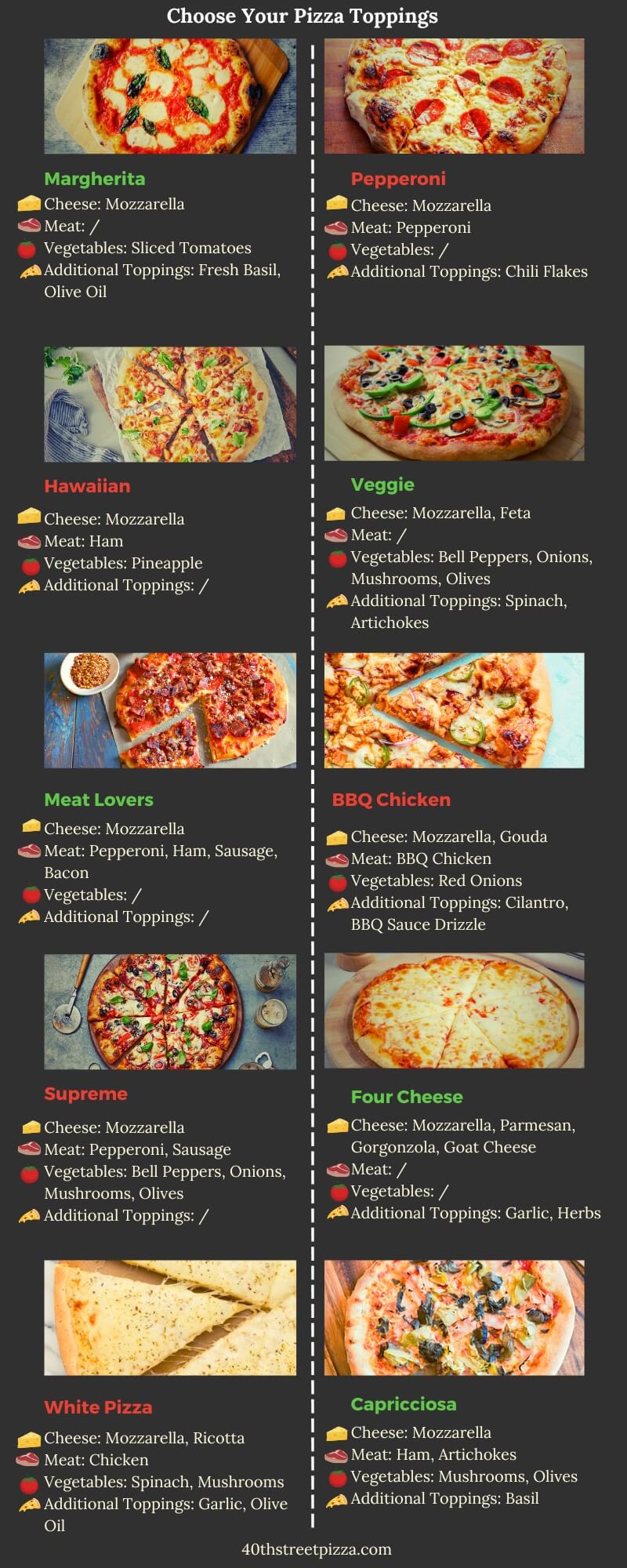
The Baking Process
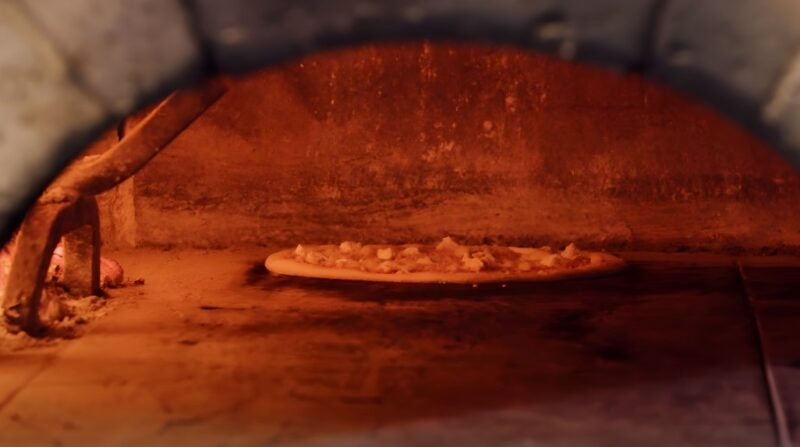
Alright, the final step is baking up that pizza perfection! This is where all your hard work comes together.
You need a super hot oven to get the crust crispy and melt the toppings just right. Turn the oven all the way up, usually between 450-500 degrees. Put a pizza stone or steel inside to get that authentic pizza parlor flavor.
Slide the dough onto the preheated stone using a pizza peel. It usually takes 8-10 minutes cooking time depending on your oven temperature and crust thickness. Keep an eye on it – the pizza is done when the crust is a deep golden brown and the cheese is bubbly.
Don’t be afraid to open the oven for a sneak peek! Baking is an art, but with the right heat you can’t go wrong.
Final Touches and Serving
Once out of the oven, let the pizza rest for a few minutes. This allows the cheese to set and makes slicing easier. Adding a drizzle of high-quality olive oil or a sprinkle of fresh herbs can really spice up the flavors.
Slicing and serving is the final step of the process. Whichever way you like your slices, it’s best to use a sharp pizza cutter or a large knife to make clean cuts.
Slicing Tips
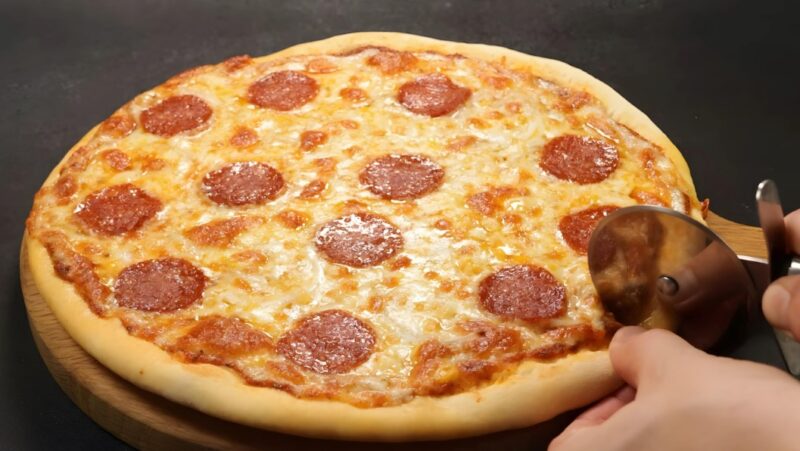
- Sharp Tools: Use a sharp pizza cutter or a large chef’s knife. A dull blade can drag the toppings along with it, creating a mess.
- Slicing Technique: If you’re using a pizza cutter, rock it back and forth gently over the pizza. With a knife, use a gentle sawing motion. Avoid pressing down too hard.
- Slice Sizes: For a traditional look, go for triangular slices. For a party, you might want to cut it into squares or rectangles for easy, bite-sized pieces.
Serving
- Presentation: Serve the pizza on a wooden board for a rustic look, or place it on a colorful platter for a more modern appeal.
- Side Dishes: Pair your pizza with a simple side salad, some garlic bread, or even some marinated olives for a complete meal.
- Pairing with Drinks: Depending on the type of pizza, pair it with a suitable beverage. Lighter, vegetable-heavy pizzas go well with white wine or a light beer, while meatier pizzas can be paired with red wine or a darker beer.
Leftovers – If You Have Any!
- Storing: If you end up with leftovers, store them in an airtight container in the refrigerator.
- Reheating: To reheat, place slices on a pan over low heat to retain the crust’s crispiness, or use an oven preheated to 375°F for a few minutes.
Final Words
Well done, you did it! You are now officially a pizza pro. Your kitchen just witnessed the magic of turning basic stuff into a mouthwatering masterpiece.
Don’t sweat it if your first pizza isn’t picture perfect. The fun is in trying new things and learning as you go. Even your “mess ups” will still taste delicious.
Share your pies with friends and fam, or throw your own solo pizza party (I won’t judge). Keep playing around with different toppings, sauces and baking styles. But most of all, enjoy the process!
Related Posts:
- How to Reheat Pizza in Oven? Hacks You Need to Know
- Top 3 Gluten-Free Dough Pizza Recipes You Need to Know About
- The Ultimate Pizza Topping Guide - Which Toppings…
- Pizza Sizes at Hunt Brothers Pizza - Making the…
- How to Choose the Right Pizza Oven for My Needs - 2024 Guide
- How to Make Homemade Pizza With Store-Bought Dough -…


